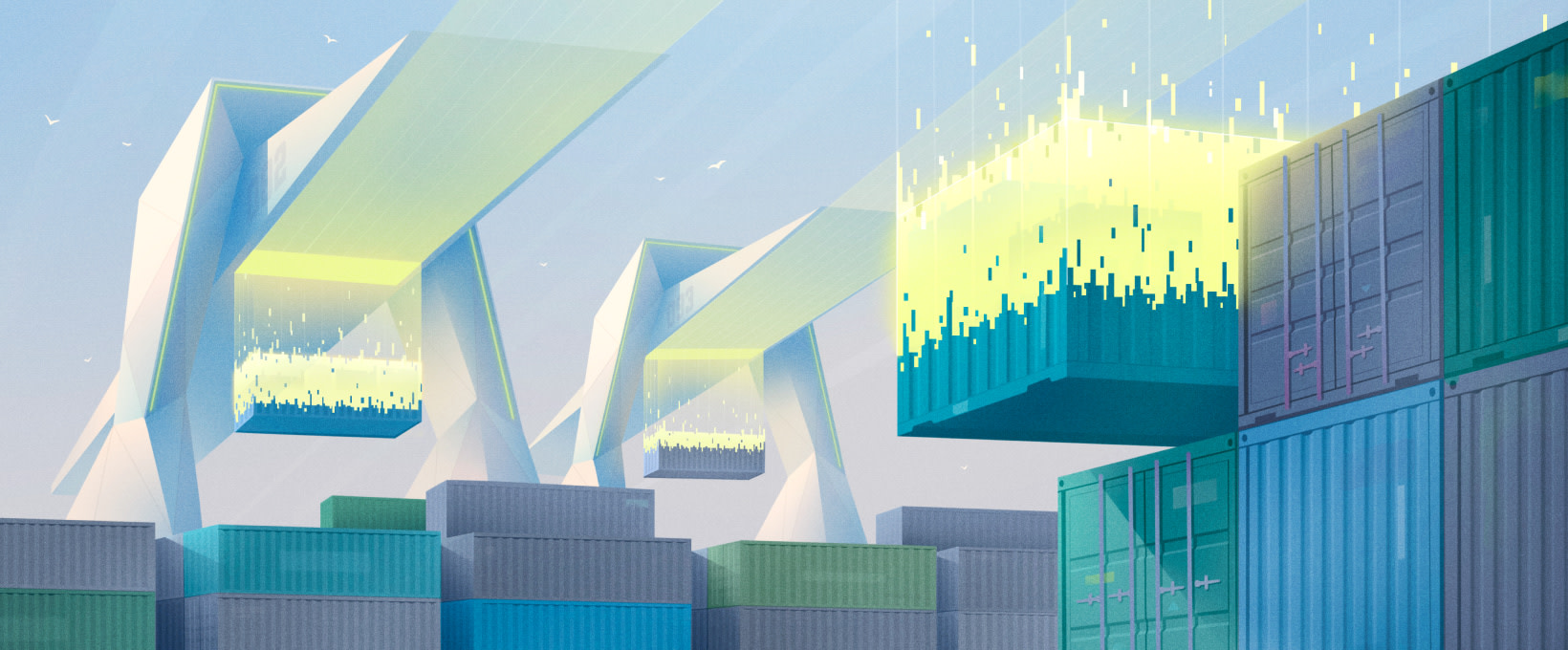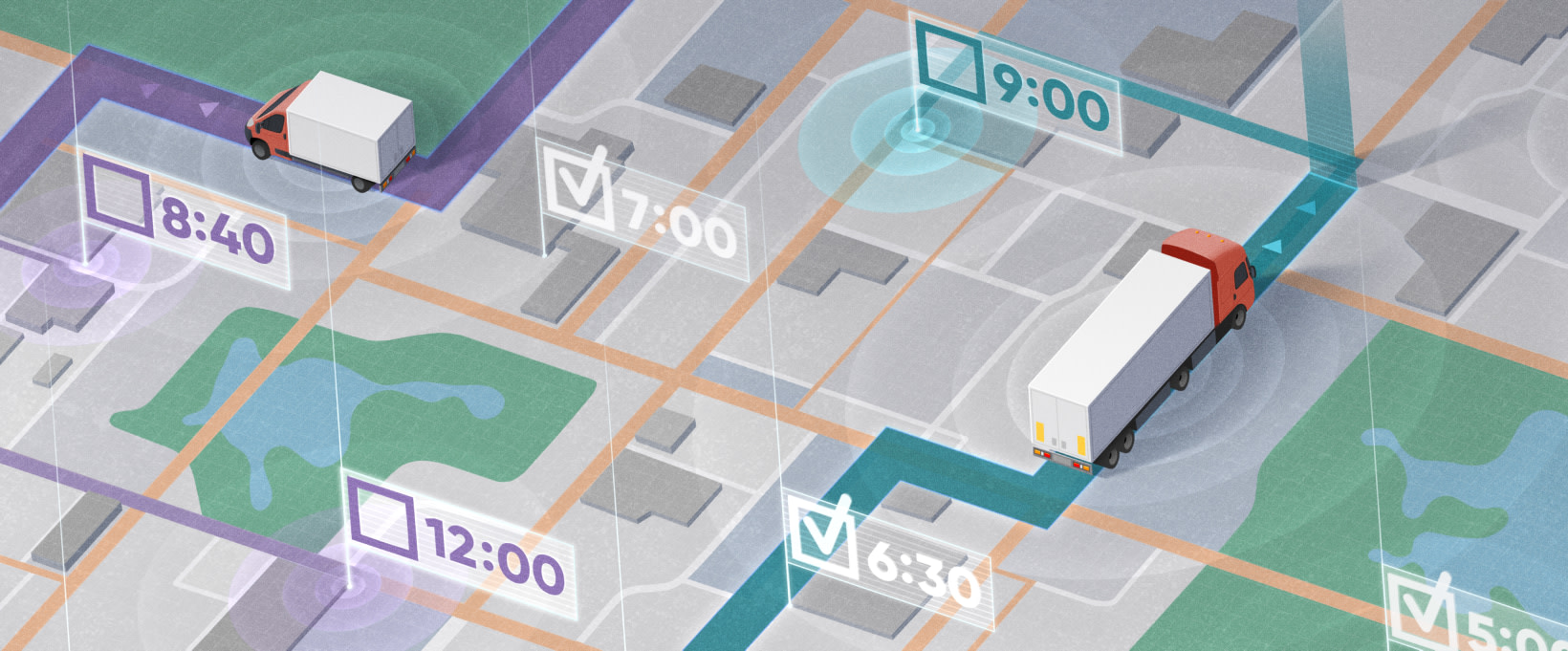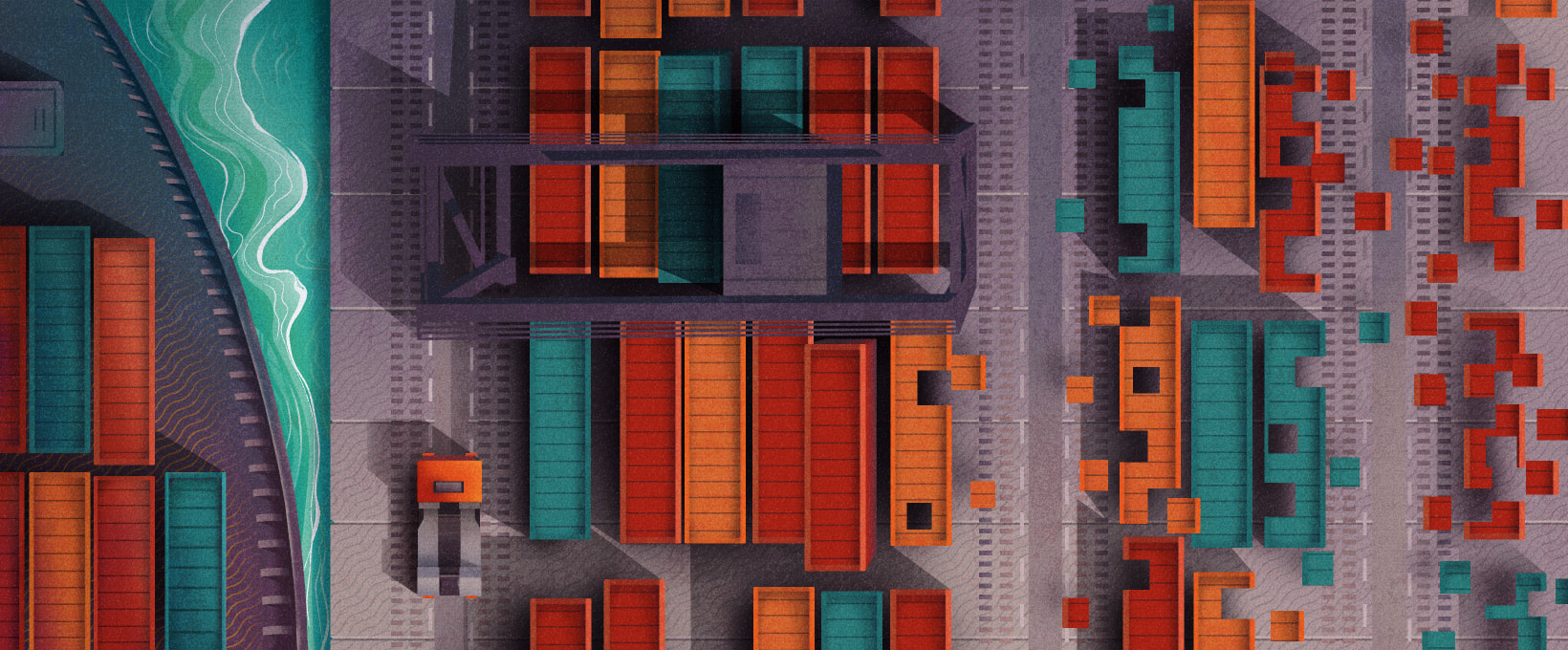- The definition of last-mile delivery
- Major last-mile delivery challenges
- Solving last-mile delivery challenges with top-notch software
- Most recent last-mile delivery trends
- How to improve last-mile delivery: find a reliable IT partner
The last-mile delivery market is growing exponentially. This trend is directly related to the never-ending development of the Retail and eCommerce industries. By 2030, it is expected to increase by over 13% annually and reach $123 billion. Modern consumers want to get accurate and rapid services, regardless of the associated costs. Logistics companies should keep a watchful eye on last-mile delivery trends to improve their software and streamline operations. In this piece, Andersen's experts provide insights into the current last-mile delivery challenges. Read on to find out how to turn them into opportunities.
The definition of last-mile delivery
Let’s start with a brief definition of last-mile delivery. It is the final leg of the supply chain, where goods are transported from a warehouse to the end-customer. This part of the delivery process occurs after the production of an item, its distribution, storage, as well as batching and packing.
Organizations willing to deliver goods error-free often face serious challenges. They must manage unforeseen circumstances such as traffic, roadblocks, or incorrect addresses.

Businesses from numerous branches, including eCommerce firms, retailers, catering services, pharmacies, postal service entities, and more, should be perfectly aware of how last-mile delivery works to benefit from it. For each of these industries, this phase is the primary point of contact with customers, which significantly impacts their satisfaction and strengthens the brand reputation. However, it also presents operational challenges.
IT vendors offering logistics software development services keep up with the latest trends in this field and strive to improve specialized digital solutions.
Major last-mile delivery challenges
According to statistics, failing to meet delivery expectations results in over 80% of customers abandoning a business. The task of meeting these expectations is even more complex due to the following reasons:
It requires a significant amount of time
Over 50% of buyers have reported that they will stop interacting with a firm if they receive a late order on more than one occasion. Several factors can contribute to these delays, including numerous stops along the delivery route, traffic congestion, limited parking availability, sudden route changes, challenges in obtaining accurate parcel location information, and so on.
It’s costly
This phase accounts for nearly half of the total shipping cost, as it involves utilizing multiple resources to transport smaller volumes of orders. These resources include managing storage facilities, paying for courier services, operating a fleet of vehicles, and accounting for high fuel consumption in urban areas, among other expenses.
It’s difficult to build routes properly
Optimizing travel plans is a real challenge when done manually. And this task gets even more complicated due to unforeseen circumstances such as poor weather conditions, staff members’ sick leaves, border closures, and so on. As a result, these issues can lead to increased costs.
Failed deliveries
Retailers often incur significant costs due to poor planning, insufficient communication between buyers and couriers, and human errors. All this leads to delivery issues.
Organizations need to consider all the challenges mentioned above to ensure seamless operations. If a business knows how to improve last-mile delivery, it will build a solid customer base and stay competitive.
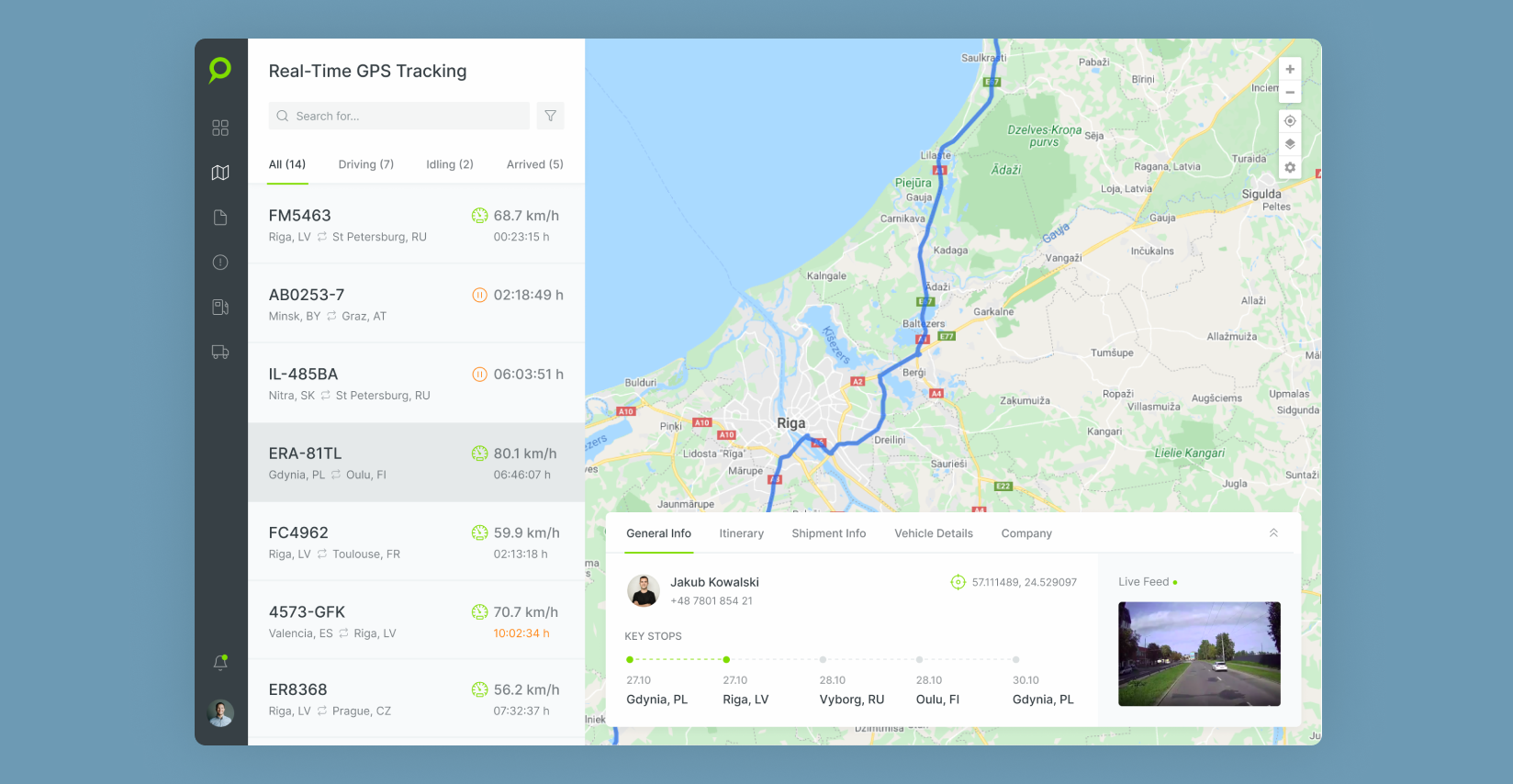
Solving last-mile delivery challenges with top-notch software
You can successfully solve all of the above last-mile delivery problems with robust logistics software. Such digital products help firms to overcome any industry-specific challenges and manage storage facilities, vehicle fleets, payments, and deliveries in a cohesive, productive, and professional manner.
Typically, comprehensive logistics software solutions offer the following features to dispatchers, couriers, and buyers:
Building routes with the possibility of rerouting
By utilizing GPS tools and third-party APIs, a program analyzes various conditions and potential limitations to plan the most convenient itineraries effectively. This results in reduced costs and travel duration. Additionally, unforeseen events, such as employee absences, supplier mistakes, or order cancellations, will no longer impede operations, as the program automatically adjusts directions to account for unexpected circumstances.
Automated notifications
The system monitors the whereabouts of all packages and computes their estimated time of arrival (ETA) to offer precise details about their locations. Automated customer alerts containing order status updates boost client satisfaction, minimize cancellations, and alleviate the workload of your customer support staff. Additionally, the system's built-in electronic proof of delivery (ePOD) feature guarantees reliable service by notifying customers of completed orders, electronic signatures, uploaded photos, and other relevant information.
Efficient parking space search
Drivers can use solutions that have advanced location intelligence features. With their help, they can find vacant parking spots, even in crowded zones and during peak holiday periods. This enables them to expediently carry out their work and significantly enhances the quality of the service they provide.
Fleet management and detailed analytics
Managers can conveniently access figures and analytics through data dashboards with the help of telematics tools, GPS tracking, and data obtained from sensors. This increases performance and empowers data-driven decisions concerning staff augmentation, service scalability, vehicle maintenance, and cost optimization.
Live chat functionality
By utilizing AI-powered chatbots, voice recognition capabilities, and in-app chatboxes, all stakeholders can efficiently resolve even minor issues. This helps improve delivery and guarantees high customer satisfaction and positive feedback.
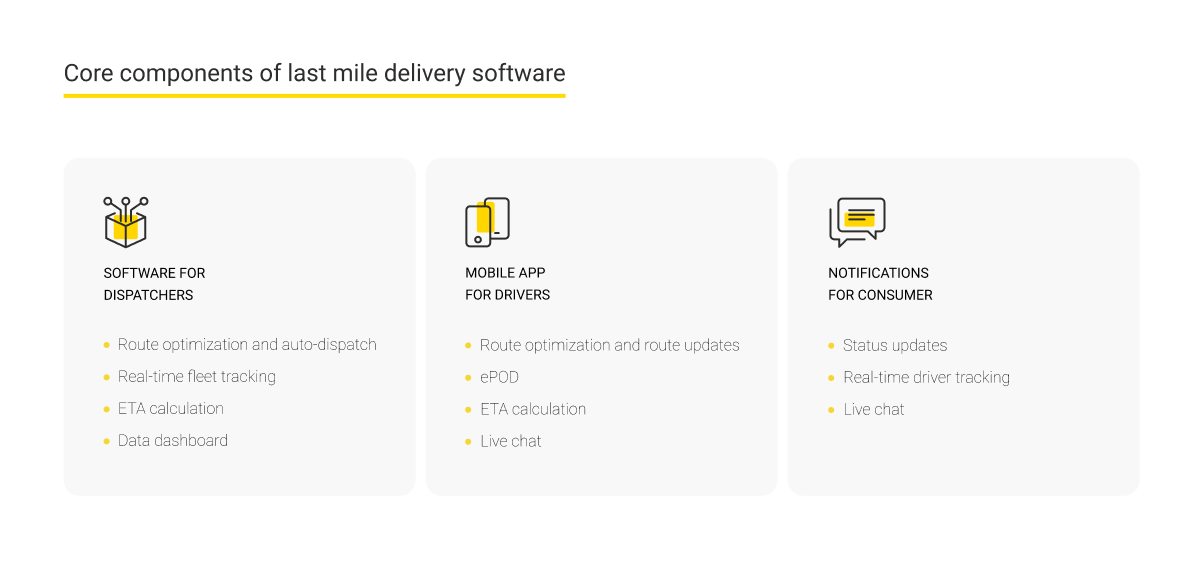
Most recent last-mile delivery trends
Let’s take a look at the most promising last-mile delivery trends that are shaping the future of the logistics industry:
- Self-driving vehicles and robotics offer a reliable and eco-friendly solution for making contactless shipments during peak hours. Additionally, the continuously improving indoor navigation capabilities enable robots and drones to navigate with ease in facilities such as stores, warehouses, and pharmacies.
- Crowdsourcing is another meaningful trend. It allows you to entrust work to freelance couriers and thus minimizes costs and increases the speed of processes and scalability.
- Leveraging Big Data analytics enables informed decision-making for business owners. By collecting data from IoT sensors and in-app analytics tools, as well as integrating with cloud technology and Machine Learning, they can quickly access critical performance metrics such as client satisfaction rates, distance covered during specific periods, and more. This helps them strategize for their company's development and increase profits.
- Another striking trend is using digital twins of the supply chain. Such virtual models help to test itineraries and improve operations without the risk of disrupting the current logic.
- The use of automated batching tools enables warehouse personnel to efficiently manage the grouping and dispatching of items, resulting in faster shipments and reduced delays.
- The implementation of IoT devices and sensors enables tracking of the location and technical condition of vehicles, leading to enhanced planning and preemptive issue resolution. Many companies have already adopted this trend.
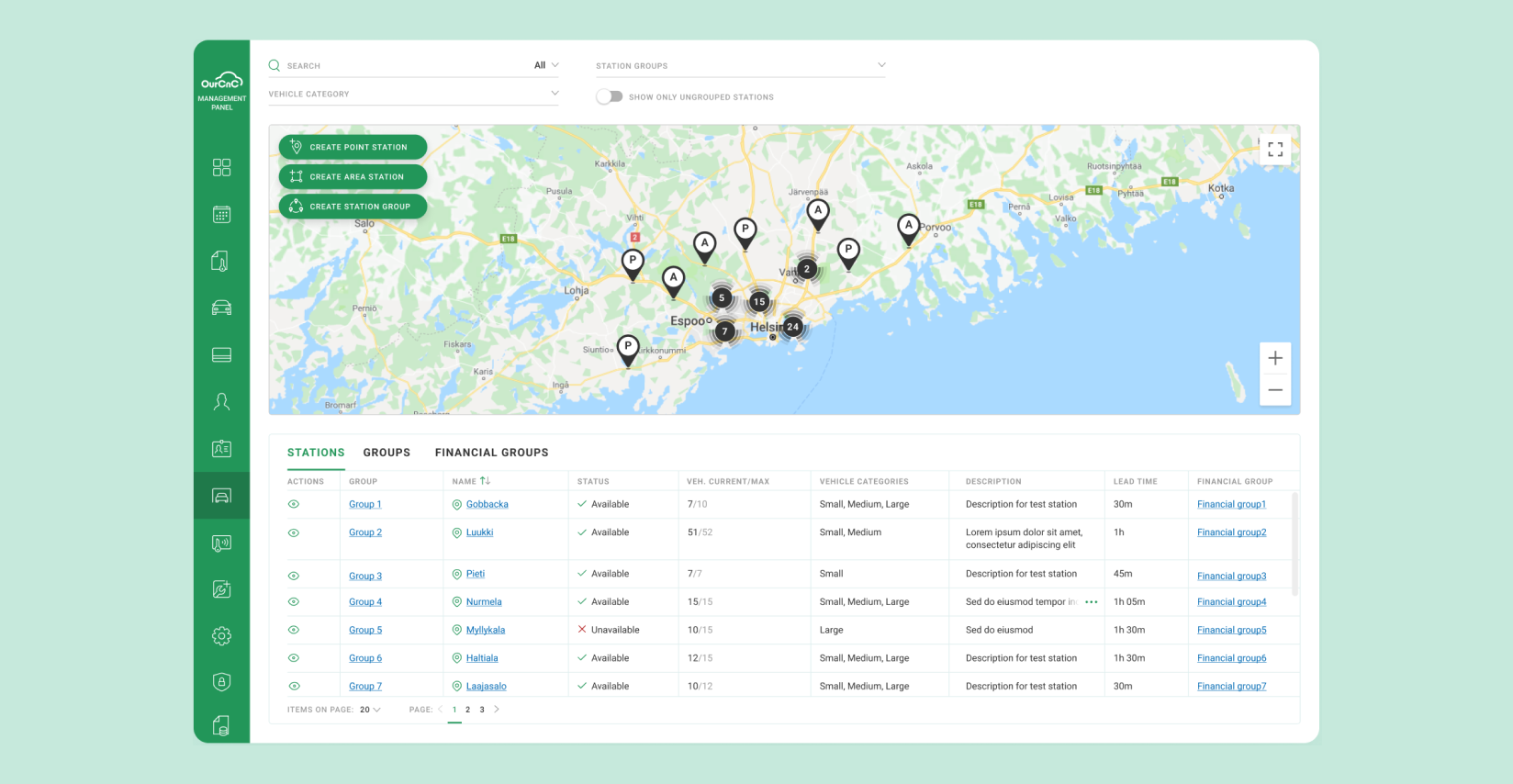
How to improve last-mile delivery: find a reliable IT partner
Customized, feature-rich digital products for last-mile logistics are essential for establishing efficient and seamless processes. Well-designed solutions with user-friendly interfaces can lead to significant gains in customer loyalty and provide new opportunities for institutions to scale.
With over 150 successful projects, Andersen has extensive expertise in logistics software development. Our seasoned specialists are perfectly aware of all the recent industry trends. They can help your company meet any last-mile delivery challenges and solve all your problems efficiently. If you need assistance with your digital transformation to increase sales, schedule a free consultation with our expert.





